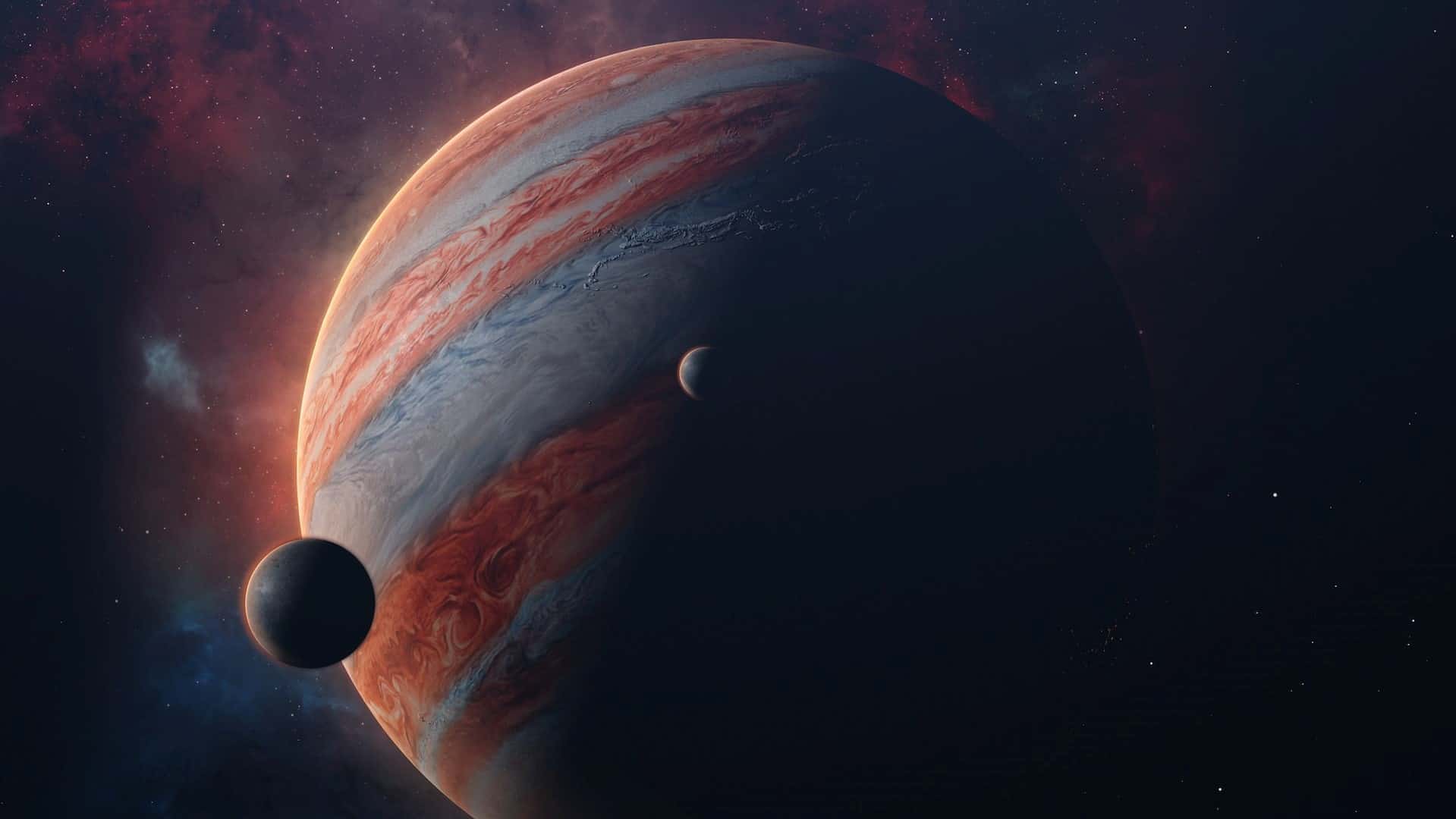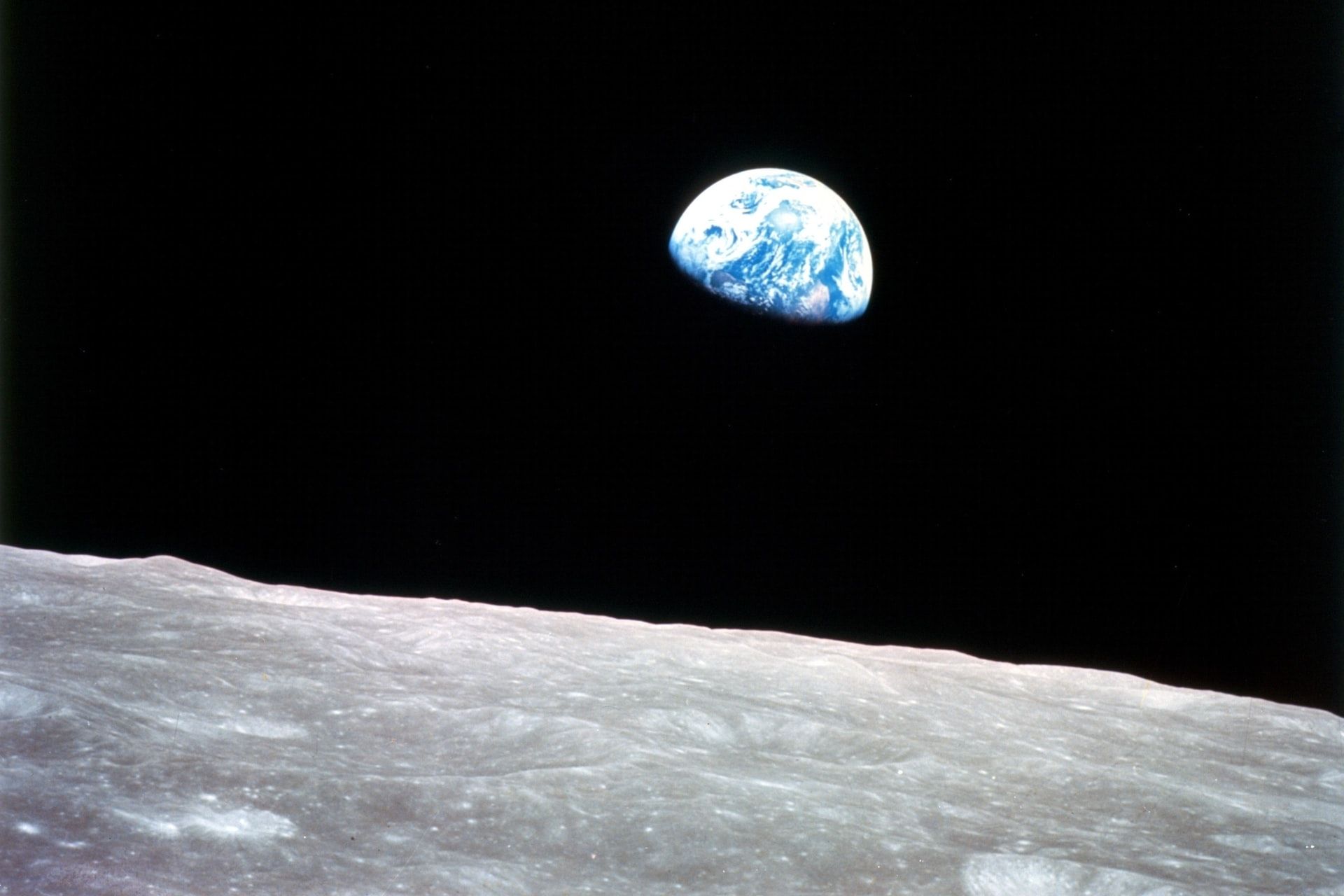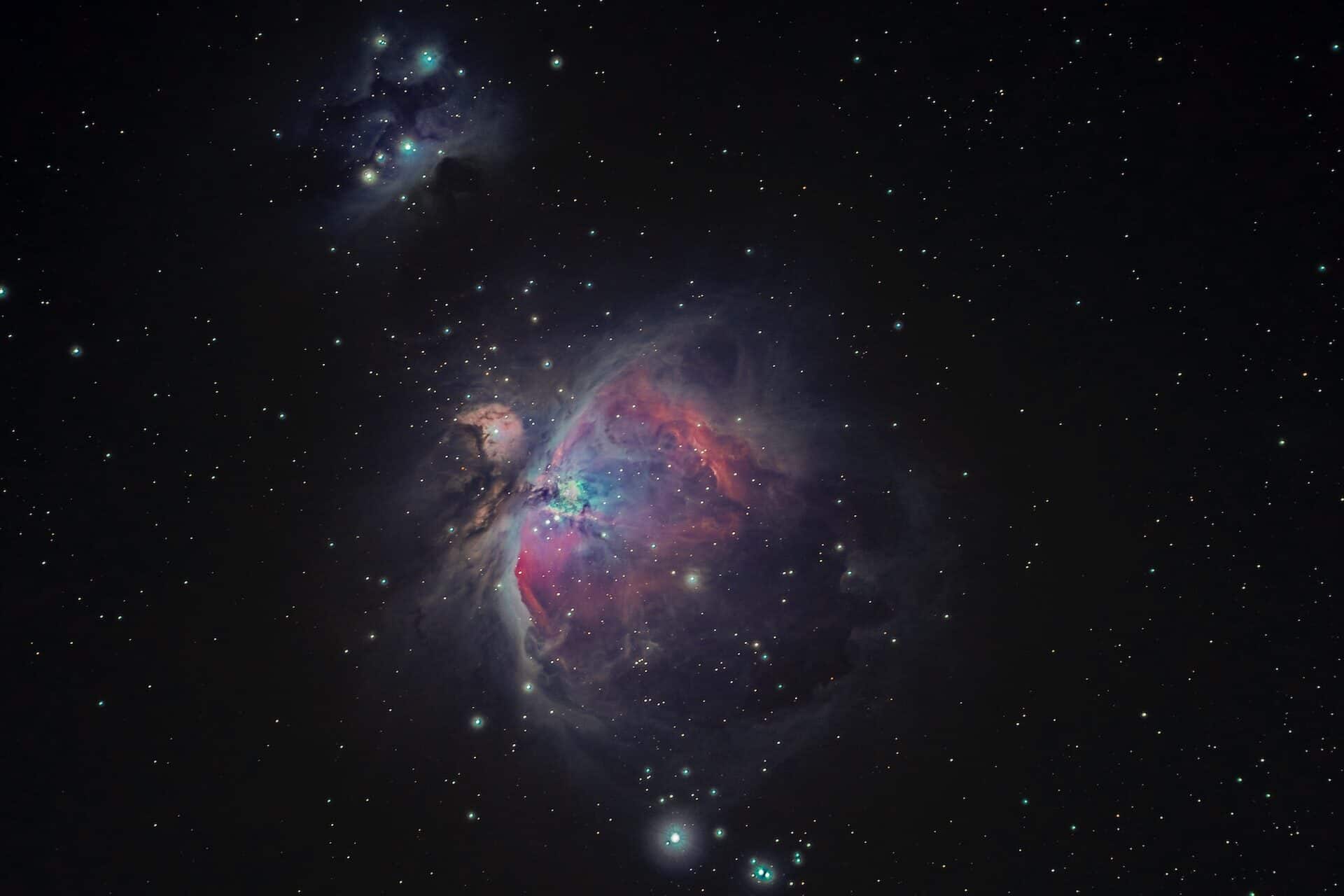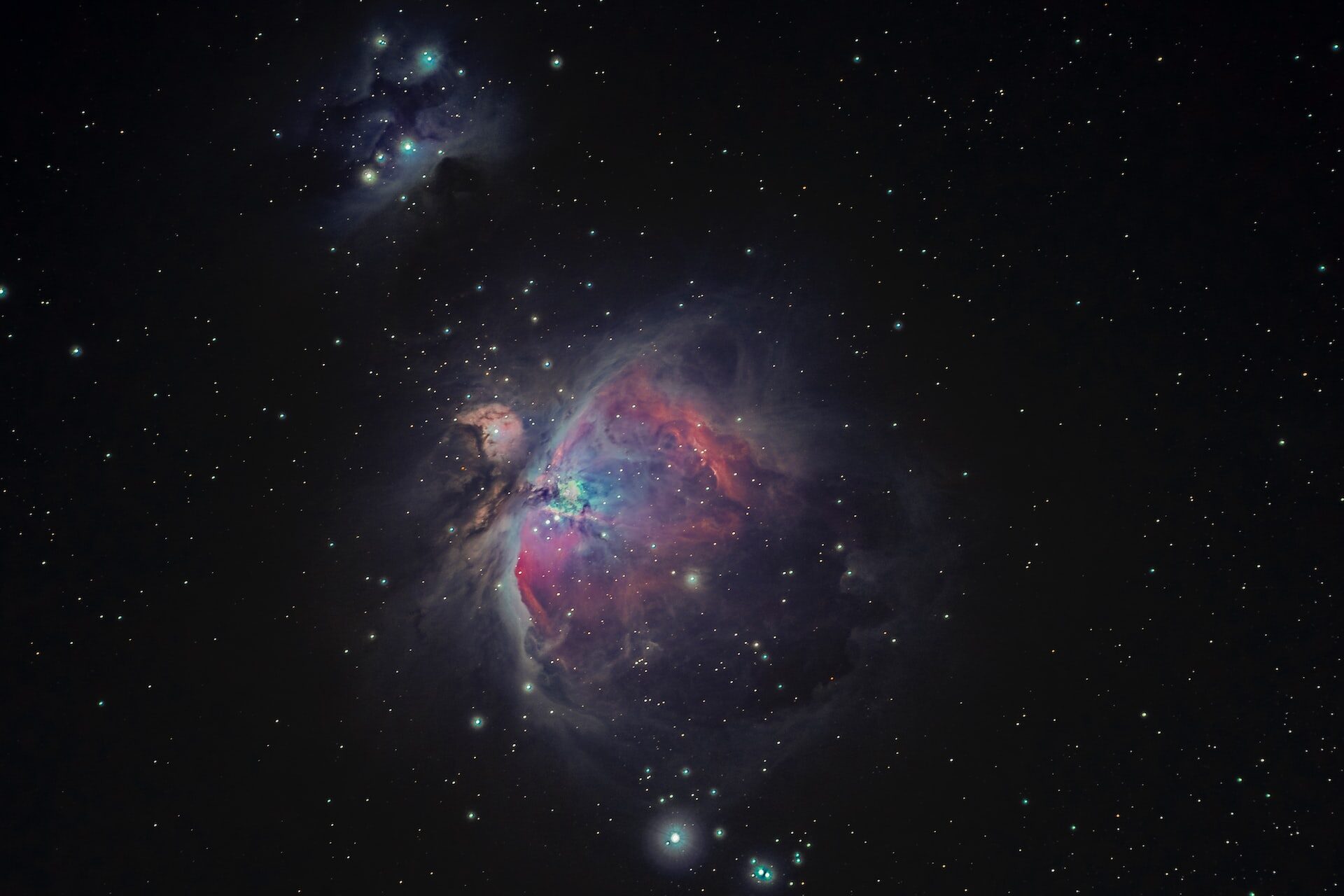
The Jovian Planets: When Will We Visit the Outer Solar System?
September 7, 2022 - Emily Newton
Revolutionized is reader-supported. When you buy through links on our site, we may earn an affiliate commision. Learn more here.
The Jovian planets are home to some of the most exciting destinations in the solar system. What would human missions to the outer planets be like? How would astronauts travel there? Where would they go? What would it take for them to survive? Here’s a look into the future, at what a mission to the moons of Jupiter or Saturn might look like.
Which of the Jovian Planets Should We Travel To?
The Jovian planets are the gas giants in the outer solar system: Jupiter, Saturn, Neptune, and Uranus. These planets themselves are not good candidates for exploration. They are mostly composed of gasses and none have potential for humans to walk on any surface.
However, the Jovian planets do have the most exciting moons in the solar system. In fact, two of the Jovian region moons are among the most highly-anticipated destinations for human exploration: Europa and Titan.
Jupiter: Europa the Water World
Jupiter has 79 moons, although four hold the most promise for Jovian planet explorers. The Galilean moons are the four largest moons of Jupiter and four of the largest moons in the solar system. While all of the Galilean moons would be fascinating to visit or study, Europa stands out.
Europa is the smallest of the Galilean moons, but has long captured the imaginations of scientists and science fiction writers everywhere. The surface of Europa is covered in a thick icy shell riddled with strange cracks and ridges. Scientists believe there could be a massive liquid water ocean beneath this ice shell.
If such an ocean exists, there is a possibility that alien life exists on Europa. The potential for life on Europa is powering massive interest for missions to this Jovian moon. It would make a great candidate, but there are other thrilling moons among the Jovian planets.
Saturn: Titan the Second Earth
Saturn may be the second largest Jovian planet, but it has more moons than any other planet in the solar system. Among its 82 moons is Titan, the second-largest moon in the solar system and the most Earth-like world we have discovered yet. While Titan is still a very hostile place, it does have a thick atmosphere, a solid surface, and even liquid on the surface.
Titan isn’t a carbon copy of Earth, though – it’s actually a hydrocarbon copy. Titan’s chemical composition seems to be hydrocarbon-based, not carbon-based like Earth’s.
For instance, the “lakes” on Titan are filled with liquid ethane and methane, not water. The atmosphere is 95% nitrogen and 5% methane, which is not breathable. Plus, the gravity on Titan is about 60% higher than Earth’s gravity. That might not sound like much, but it would feel like a lot for someone walking around on Titan.
Getting to the Jovian Planets
One of the biggest challenges of exploring the outer solar system is travel. It takes a long time for our current rocket technology to get to Jupiter and Saturn. This creates some serious difficulties for human explorers.
In fact, the main reason humans likely won’t travel to the Jovian region until the late 21st century is today’s weak rocket propulsion. Luckily, there are a couple of next-gen propulsion systems that are on the horizon.
Chemical Rockets
The first option for travel to Europa or Titan is chemical rockets. This is the type of rocket propulsion technology that is used today. While different systems use different combinations of propellants, they all use the same general principle. The rocket is filled with some kind of liquid propellant which is used to power chemical reactions that create thrust.
This system works fine over short distances, such as travel to the Moon. However, it is definitely not ideal for getting to other planets. Chemical rockets are not efficient. They are heavy and require massive amounts of fuel for a very short initial thrust to get off of Earth. Long-duration thrust is not feasible with chemical rockets simply due to the fuel that would be required.
If human explorers used a chemical rocket to get to Europa or Titan, they would spend over ten years just traveling between Earth and the outer solar system. We can get an idea of how long it would take to get to Jupiter or Saturn and back based on the travel times of probes sent to these planets. For instance, the Juno probe took 5 years to travel from Earth to Jupiter. The Cassini probe took 7 years to get to Saturn from Earth.
Sending humans to the outer solar system with today’s rocket technology would probably not be a good idea. They would have to spend years isolated in a small spacecraft with the same small group of people and little privacy. Using some kind of sedation or suspended animation technology might be possible, but poses its own risks, as well. The astronauts would also have to be quite young given the long travel time.
Ion and Plasma Engines
Engineers are working on more advanced propulsion systems that could one day replace chemical propulsion. Ion engines could be the next mainstream propulsion system. This propulsion system proves that slow and steady certainly does win the race. Ion engines produce far weaker thrust than chemical rockets but burn for much longer. In fact, ion engines are so efficient that they create about 10 times more thrust per kilogram of propellant than chemical rockets do.
Ion engines work by ionizing the atoms of a gas propellant and accelerating them out of the rocket’s thruster. The most common ion engine propellant today is xenon. These rockets already exist – NASA’s 1998 Deep Space 1 probe used an NSTAR ion engine. The same technology would just need to be adapted to a larger scale to take humans to the outer solar system. That is no easy task, though. A working ion rocket capable of human transport might not exist until the 2050s or later.
An ion engine could be ideal for getting humans to the Jovian planets, though. It would provide continual thrust, leading to greater acceleration that would cut down the travel duration to a more manageable length.
Nuclear Propulsion
Nuclear propulsion is another next-gen propulsion technology on the horizon. NASA is even eyeing nuclear propulsion for rockets to get to Mars. These rockets are twice as efficient as chemical rockets. Nuclear rockets use liquid propellant, which is heated into a gas and accelerated out of the rocket’s thruster.
While nuclear propulsion is promising, it may not be ideal for travel to the Jovian planets. The main problem with nuclear rockets is safety. If something goes wrong, there is a chance that the nuclear engine could cause a massive explosion. The crew would essentially be riding to the Jovian planets on an atom bomb, hoping it doesn’t explode before they get back home.
Nuclear propulsion could still be a viable propulsion system one day. It will just require extensive, careful testing, which is likely to slow down development significantly. So, ion engines will likely be how astronauts first get to Europa or Titan.
Surviving on the Jovian Planets’ Moons
Once the explorers arrive at the Jovian planets, they will need to survive the harsh conditions on both Europa and Titan. Here’s a look at how both missions could work.
Atlantis on Europa
Europa is a challenging world to explore. The moon’s surface is solid and most likely made of water ice, but it is also constantly bombarded with massive amounts of radiation. In fact, a single day on the surface of Europa would most likely result in death from radiation poisoning within one month. Engineers even had to design a special kind of antenna capable of withstanding the harsh conditions on Europa’s icy surface.
So, a surface mission to Europa might not be a good idea. The habitat and spacesuits would all need intense radiation shielding to protect the astronauts. In the distant future, it might be another option, though – underwater habitats. Europa’s icy shell is so thick that scientists predict it could completely shield the ocean beneath from the surface radiation.
This is great news for Europa’s ocean as well as human explorers. If engineers could create a large enough drill, it could be used to create a tunnel through Europa’s shell down to the dark ocean beneath. Here, underwater habitats could possibly be constructed, allowing the astronauts to live safely underwater while studying Europa’s ocean. What they discover there could change science and history forever.
Life on Europa
Scientists theorize that vents from Europa’s core could provide heat and nutrients to the moon’s dark ocean, including the components needed for life. The icy shell would be difficult for explorers to get through, but it does provide protection against the massive radiation that hits Europa around the clock. Life on Europa, if it exists, could be merely microbial or it could potentially resemble life in the darkest depths of Earth’s oceans.
Hydrocarbon Land on Titan
A mission to Titan would be a bit less complicated than a mission to Europa since there is no ice or ocean to work around. Titan has a rocky surface that resembles Mars, except the atmosphere is much thicker. We know a bit more about Titan already thanks to the Cassini-Huygens mission, which landed a probe on Titan’s surface and even captured photos before going offline.
Titan’s thick atmosphere provides some crucial protection for any astronauts exploring the surface. Radiation shielding is always a good idea, but Titan explorers would not need nearly as much as those on Europa. Due to the thick atmosphere, astronauts would also not need to pressurize their surface suits on Titan. However, they would still need sealed suits with an oxygen supply. The air on Titan is not breathable and surface temperatures can get as low as -290 degrees Fahrenheit.
Titan’s gravity is about 50% greater than Earth’s gravity, which could potentially cause health issues for anyone on the surface long term. One way that astronauts could mitigate this risk would be to take shifts on the surface for a few days or weeks at a time. A reusable surface lander could be used to shuttle astronauts between the surface and a base in orbit around Titan.
Life on Titan
Scientists have not found any evidence for life on Titan so far, but that does not mean it is impossible for life to exist there. Astrobiologists believe there’s a possibility that life could evolve based on hydrocarbon compounds, using different chemistry than life on Earth is based on. There’s no telling what hydrocarbon-based lifeforms might be like, but it would certainly be an exciting research area for astronauts visiting Titan.
Exploring the Jovian Planets
The Jovian planets are home to over a hundred moons, some of which could even harbor alien life. One day, humans are sure to finally visit Europa, Titan, and the other outer solar system moons. It will take feats of engineering and ingenuity to make it happen, though. When it does, human explorers could find new homes for humanity in the solar system and maybe even the first signs of life away from Earth.
Revolutionized is reader-supported. When you buy through links on our site, we may earn an affiliate commision. Learn more here.
Author
Emily Newton
Emily Newton is a technology and industrial journalist and the Editor in Chief of Revolutionized. She manages the sites publishing schedule, SEO optimization and content strategy. Emily enjoys writing and researching articles about how technology is changing every industry. When she isn't working, Emily enjoys playing video games or curling up with a good book.




